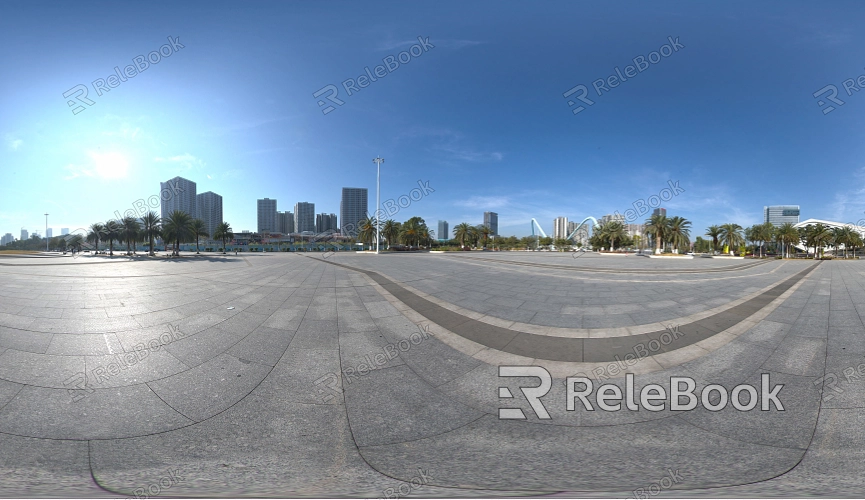What is the difference between HDR and LDR skybox textures?
Skybox textures play a crucial role in creating immersive and realistic environments, whether in game development, architectural visualization, or visual effects in film. Designers often face the task of selecting the right skybox texture for their projects. HDR (High Dynamic Range) and LDR (Low Dynamic Range) skyboxes are two common types of textures, each with distinct differences in visual impact and application scenarios. This article will delve into the key distinctions between the two, aiding designers in making informed choices.

Definition of Dynamic Range
HDR skyboxes possess a broader brightness range, capturing a richer array of lighting information, particularly in highlights and shadows. This allows for a more realistic portrayal of light effects.
In contrast, LDR skyboxes limit the brightness range, typically utilizing 8-bit or 16-bit color depth. This can result in the loss of certain details, especially in high-contrast scenes.
Color Information
HDR textures can store more color information than LDR, resulting in more vibrant and lively renderings. This is particularly important for projects that demand high fidelity in visual effects.
On the other hand, the color saturation and detail in LDR skyboxes are often compressed, which can diminish performance in darker and brighter areas.
Applicable Scenarios
HDR skyboxes are ideal for scenarios requiring realistic light simulations, such as outdoor environments, natural landscapes, or effects showcasing day-night transitions. They are commonly used in modern game engines and rendering software like Unreal Engine and Blender.
LDR skyboxes are suitable for projects that prioritize performance or have less stringent lighting requirements. They remain widely used in older rendering engines.
File Formats and Size
HDR skyboxes typically utilize file formats like EXR or HDR, which can store more data but result in larger file sizes. This may impact loading times and overall performance.
LDR skyboxes generally use JPG or PNG formats, which are smaller and better suited for applications needing quick load times, though this may sacrifice some visual quality.

Reflection and Refraction
When using HDR skyboxes, the effects of reflection and refraction appear more natural, better simulating real-world light behavior. This enhances realism for surfaces like water and metal.
LDR skyboxes have more limited performance in these aspects, with reflections and refractions potentially becoming distorted, especially under complex lighting conditions.
Flexibility in Post-Processing
HDR textures provide greater flexibility in post-processing. Designers can adjust brightness, contrast, and other parameters during production to achieve the desired visual effect.
LDR textures offer limited post-processing capabilities, where adjustments may easily lead to distortion or a decrease in quality.
The analysis above highlights significant differences between HDR and LDR skybox textures in terms of dynamic range, color information, applicable scenarios, file formats, reflection and refraction performance, and post-processing flexibility. By understanding these distinctions, designers can select the most suitable skybox texture based on the specific needs of their projects, enhancing both the quality and realism of their renderings.
If you're looking for high-quality HDR image resources, 3D textures, SketchUp models, or 3ds Max models to create your scenes, Relebook offers a wealth of options to help you achieve outstanding visual results in your projects.

